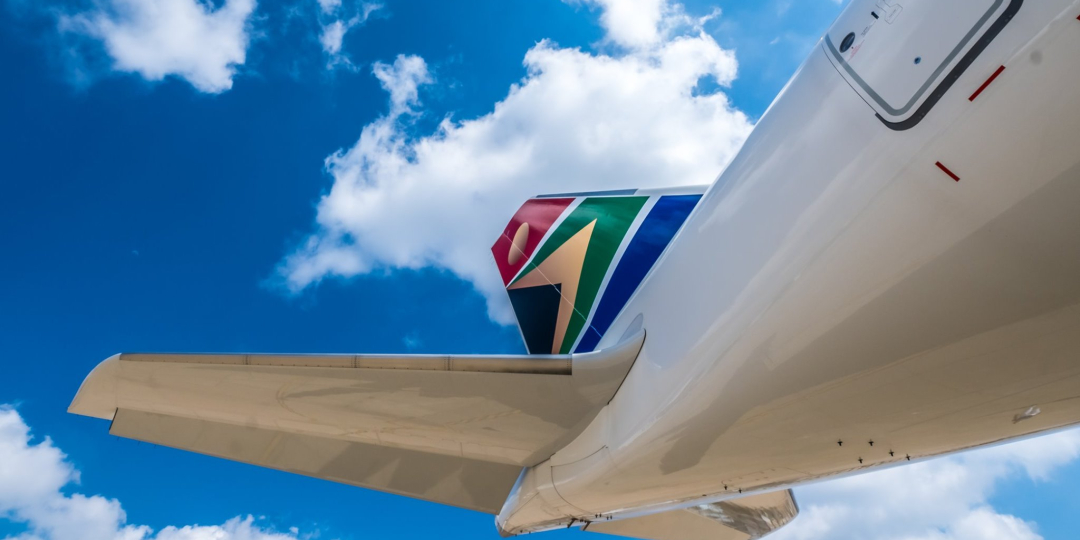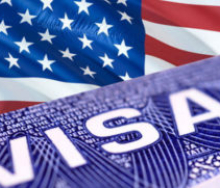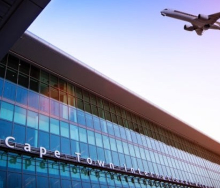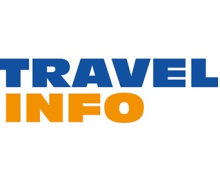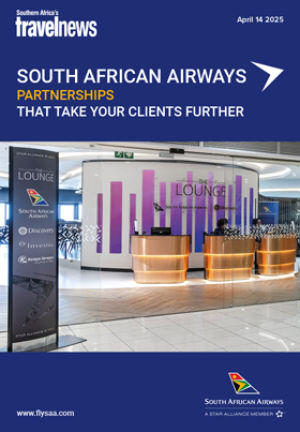SAA remains a proud and active member of the global Star Alliance, and the airline is still satisfied that its membership will continue to attract customers through its links to a wider range of destinations, better connection options, and co-ordinated schedules with other alliance carriers.
Tebogo Tsimane, Interim CCO at SAA, told Travel News that the future of the industry rested on collaboration between airlines. “The airline alliance model remains as relevant today as it was a decade ago. Despite the evolution that has occurred in the past few years, characterised by cross-alliance partnerships, airline alliances still provide great value for their members.”
Tsimane mentioned technology enhancements and process improvements, common standards of service, and product offerings as some of the important benefits for alliance members. For customers, the list of benefits should probably start with the loyalty programme.
It’s an important benefit that SAA Voyager members can earn and redeem miles on any Star Alliance carrier. Tsimane continued: “SAA, as a member of Star Alliance, offers its passengers a much larger network of destinations. This is done through codeshare and interline agreements, which allow airlines to sell tickets on each other’s flights. Our customers enjoy seamless travel across the network of 26 alliance carriers that span the globe.
“This can include co-ordinated schedules for easier connections, mutual recognition of frequent flyer status, and the ability to earn and redeem miles across all the member airlines. Our customers enjoy the same benefits on other airlines, e.g. access to Star Alliance-branded lounges, priority check-in, boarding, waitlist and standby, and seamless passenger and baggage through check-in, to name but a few of the benefits.”
Tsimane revealed that SAA Voyager, which he has called a strategic asset in the past, has been working on some exciting new enhancements, including a new user-friendly website and more options to redeem miles with lifestyle partners. Voyager is clearly part of SAA 2.0’s comeback plan.
George Mothema, CEO of the Board of Airline Representatives of South Africa, noted that not many African carriers had joined one of the big international alliances.
“Globally, there are three major airline alliances, SkyTeam, Star Alliance and oneworld. Globally, Star Alliance (founded in 1997) is the largest with 28 member airlines. It carries 649 million passengers per year and holds a 29,30% market share. The second is SkyTeam (19 members), and the third, oneworld has 13 member airlines.
“These alliances affect market competition, including the quality and costs of services provided. Despite the economic benefits found in prior analyses of alliances in other markets, alliance participation by African airlines is very limited.”
Aside from SAA (Star Alliance), other African carriers flying an alliance flag include Ethiopian Airlines (Star Alliance), Kenya Airways (SkyTeam), EgyptAir (Star Alliance) and Royal Air Maroc (oneworld).
The three key benefits to airlines, of membership of an international alliance are:
Increased market coverage. “Member carriers can expand their networks without investing in new aircraft. Instead, they offer new destinations and longer routes to their passengers by picking up and connecting existing partner flights,” Mothema said.
Lower operational costs. “Within an alliance, airlines can share resources and important facilities such as lounges, terminal space, ground-handling services, or maintenance bases. They also may run common marketing programmes and use the same IT system. All these reduce overall costs while still guaranteeing a consistent level of service.”
Customer satisfaction. “Members of an alliance work together to provide their passengers with a large choice of destinations and flights, a seamless travel experience and the ability to earn and redeem frequent flyer points across the member airlines.”
Where loyalty programmes often take care of the softer benefits that make the customer’s flying experience better (upgrades, early boarding, extra baggage, etc), an alliance opens the door for ‘bigger-picture’ benefits, including the fact that an alliance network might make the entire journey seamless, and even shorter.
Mothema said: “In the main, an alliance network adds to airline passenger flows and enhances their economic efficiency, thereby making it easier for passengers to travel around the world, reducing their stops or connections. Passengers are afforded a larger choice of destinations and flights, a seamless travel experience, as well as the ability to earn and redeem frequent flyer points across member airlines.”
Given that some important carriers, some of which fly into South Africa do not belong to an alliance, how essential is alliance membership for an airline?
“Being in an alliance does not always make sense for every airline, as it raises costs and increases complexity. It’s not a one-size-fits-all for all airlines. Many reputable airlines do not opt to enter an alliance and co-operate on their lucrative markets,” answered Mothema.
